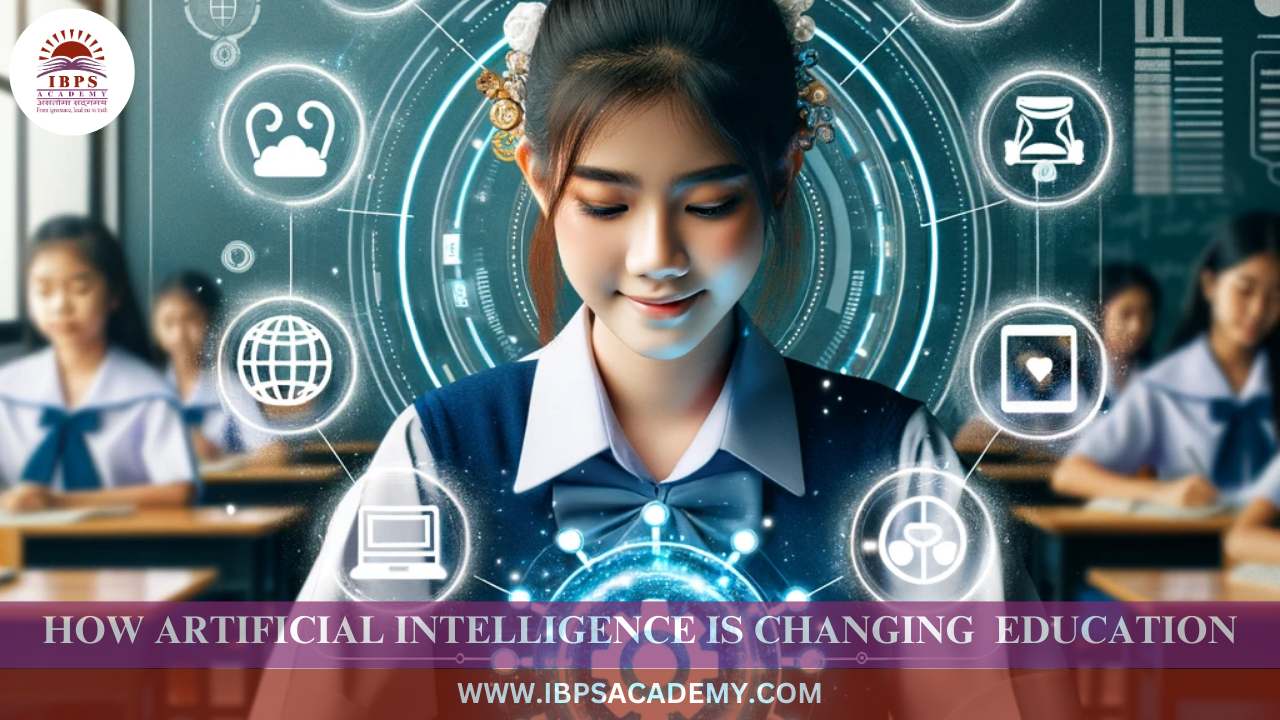

Artificial Intelligence (AI) is transforming education in many ways, from personalized learning to administrative efficiencies. Here are some key areas where AI is making an impact:
Personalized Learning: AI can tailor learning experiences to individual students. By analyzing students' progress, strengths, and weaknesses, AI systems can recommend customized resources, assignments, or even adjust the pace of lessons to fit each learner’s needs. This helps students learn at their own pace, making education more accessible and effective.
Smart Content Creation: AI is helping to create smarter and more interactive content for students. This can include virtual tutors, adaptive learning platforms, and interactive simulations. AI-powered tools can convert textbooks into digital formats, offer quizzes that assess understanding, or provide real-time feedback, all contributing to a more engaging learning experience.
Automated Grading and Feedback: AI can assist teachers by automating the grading process, especially for tasks like multiple-choice tests or essays. It can also offer quick feedback to students on their performance, allowing them to learn from mistakes more efficiently. This reduces the administrative burden on teachers, giving them more time to focus on personalized teaching.
Language Translation: AI-powered translation tools are breaking down language barriers in classrooms, making learning more inclusive for students who speak different languages. This has expanded access to education globally, as people can now access learning materials in their native language.
Virtual Learning Assistants: AI chatbots and virtual assistants are being used to help students with their homework, answer questions, or provide additional support. They can be available 24/7, which is particularly beneficial for students who need help outside of traditional classroom hours.
Improved Administrative Efficiency: AI is helping educational institutions streamline administrative tasks, such as managing student records, scheduling classes, and tracking attendance. This can free up time and resources, allowing educators to focus more on teaching and less on administrative work.
Predictive Analytics for Student Success: AI can analyze data from students' performance to predict future outcomes, helping educators identify students who may be struggling early on. With this early intervention, educators can provide targeted support to improve student success and retention rates.
Accessibility and Inclusivity: AI tools are also enhancing accessibility in education. For students with disabilities, AI-powered speech recognition, text-to-speech, and assistive technology can offer support in ways that make learning more inclusive.
Overall, AI is making education more personalized, efficient, and accessible. However, it's important to balance its use with the need for human interaction and critical thinking, ensuring that technology supports and enhances the learning process rather than replacing the human element.
